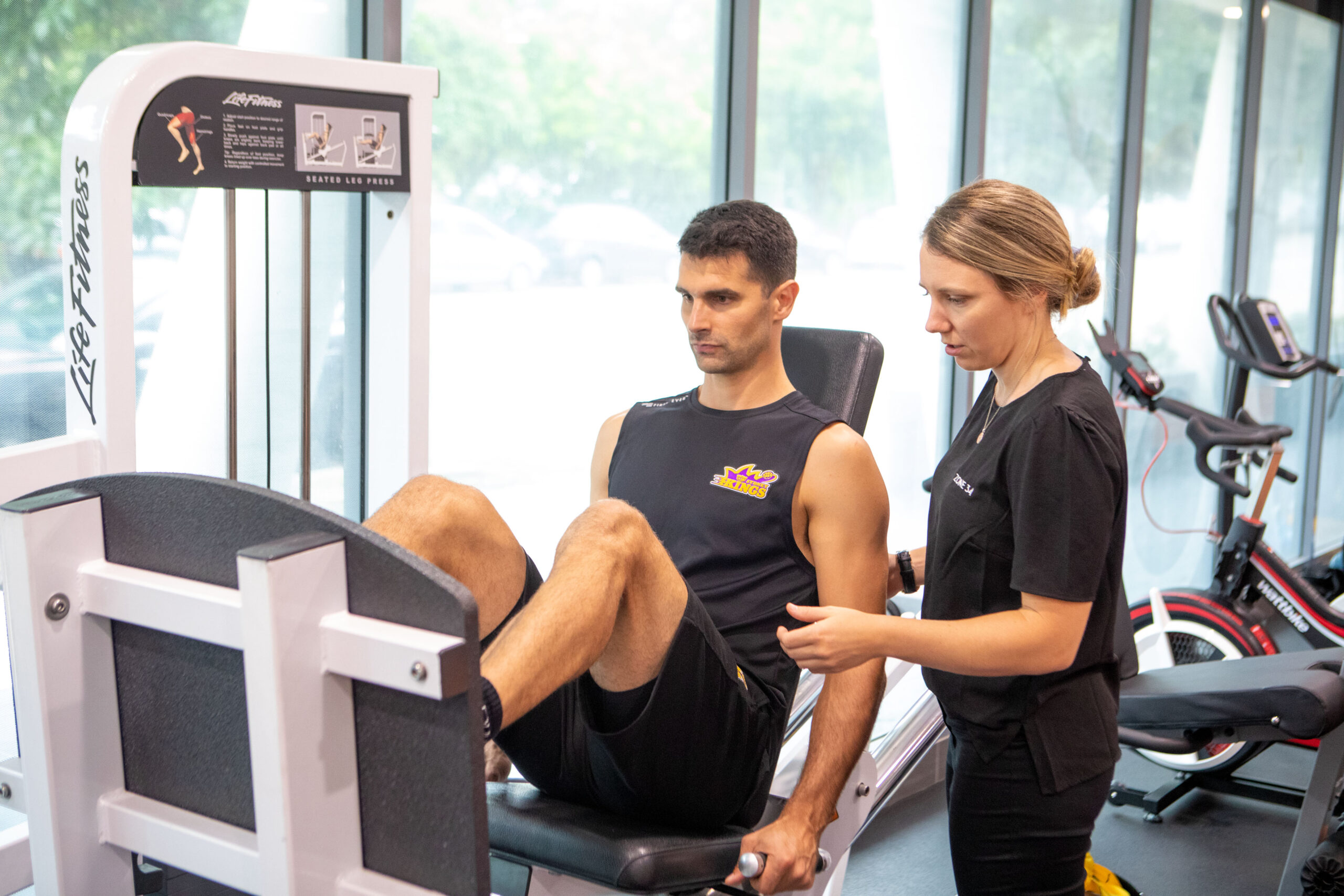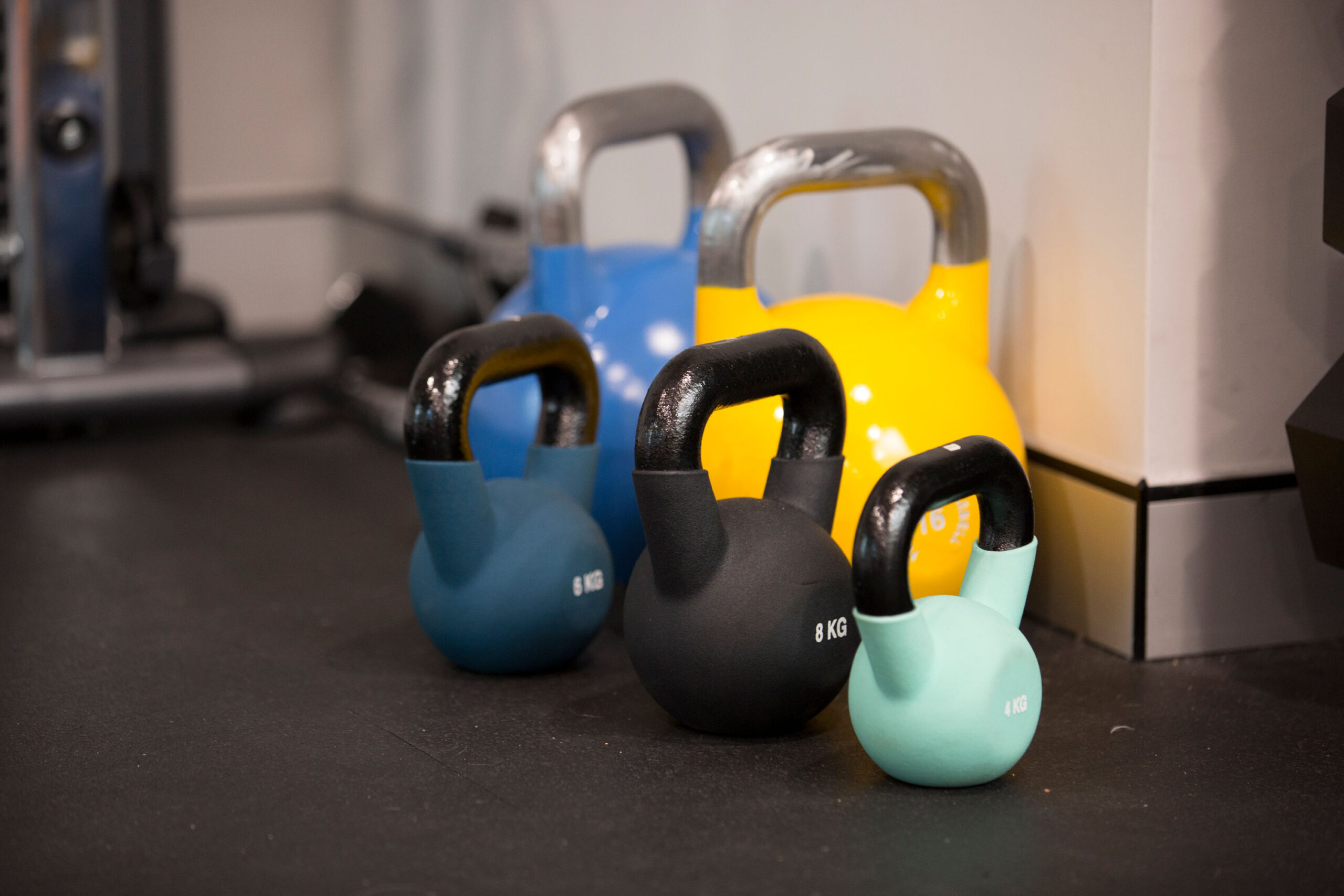How healthy are your bones?
Gloria Spratt, Physiotherapist and Hand Therapist

Have you ever had a fracture?
Do you get enough Vitamin D?
Is strength training a regular part of your life?
1 in 4 Australians are considered to have poor bone health.
Risk factors for osteoporosis include:
- Lack of exercise
- Over 50 years of age
- Poor nutrition
- Inadequate calcium
- Inflammatory conditions
- Smoking history
Osteoporosisis the most common bone disease characterised by low bone mineral density (BMD). It can lead to a significant increase in the likelihood of fractures and an increase in subsequent fractures and mortality.
Osteoporosis is defined as a BMD (which is measured by a DEXA scan) 2.5 standard deviations or more below the average values of a young healthy adult.
Bone is a living tissue that is constantly going through a process of new bone formation (by cells calledosteoblasts) and breakdown and resorption of old bone(by osteoclasts). Bone loss occurs when osteoclastic activity is greater than osteoblastic activity.


Do I have osteoporosis?
Have you ever sustained a minimal trama fracture, such as falling from a standing height? This may be a sign of inadequate bone strength!
Osteoporosis is known as a silent disease. Usually there are no symptoms. Aside from minimal trauma fractures, other signs may include loss of height, stooped kyphotic posture, or back pain.
Prevention is possible!
It is possible to prevent osteoporosis. It can also be diagnosed and treated before any fractures occur.
Most people will reach their peak bone mass by 30. Bone loss is greater than bone formation leading to a gradual loss of bone density and strength by the time we reach 40. The good news is that something can be done about it!
EXERCISE CAN HELP STRENGTHEN BONES!
Evidence supports the positive effects of weight-bearing and resistance training improving muscular strength and bone density. Strengthening activities can also prevent sarcopenia (muscle loss) and also have a significant impact on your systemic health. Benefits can include heart health and a positive influence on risk factors for diabetes and inflammatory conditions.
High-impact and modified impact exercises can also improve muscular power and bone density. Activities promoting balance such as pilates, yoga and tai-chi can also reduce likelihood of falls and subsequent fractures.















